New VOOC 3.0 On Oppo F11 Pro: 20 Minutes Faster Than Old Generation
Karamchand Rameshwar - Mar 26, 2019
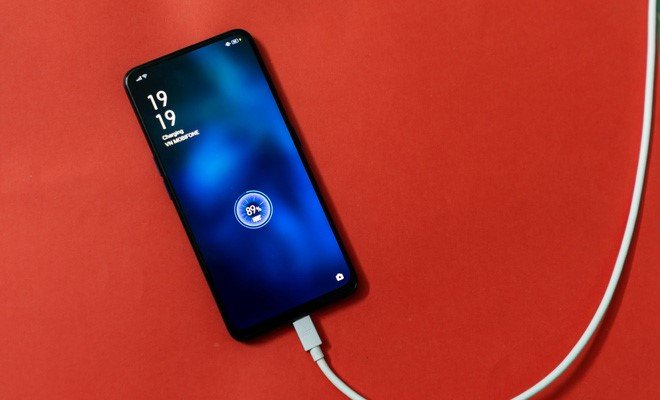
The new VOOC 3.0 on the Oppo F11 Pro is tested to allow the phone to charge 20 minutes faster compared to the old generation of VOOC fast charging.
- OPPO Reno 14 Series Hits India: Launch Date, Cameras, and Specs
- OPPO Reno5 4G Review: Best Mid-Range Smartphone For Non-Game Users
- OPPO Find X2 Pro Price in India, Specifications, Review - All You Need
The newly launched OPPO F11 Pro has a lot of features that seen on high-end products for a mid-range device: a notched bezel-less screen, pop-up selfie camera, elegant gradient back, and 48MP rear sensor. But the feature I look forward to most: the new VOOC 3.0 charging standard.
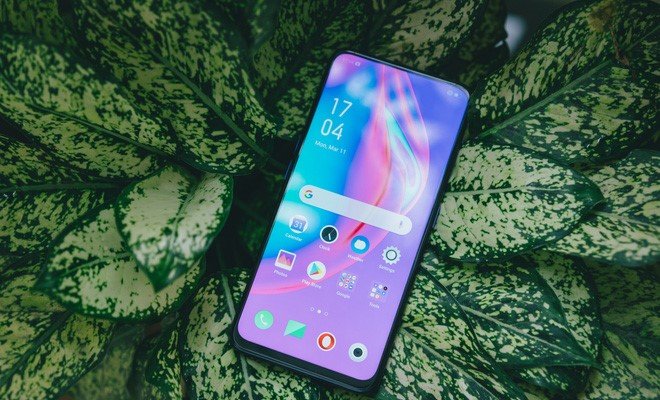
VOOC (Voltage Open Loop Multi-step Constant-Current Charging) has become a 'specialty' of OPPO's products, helping users to fully charge their fast smartphones. The standard VOOC 3.0 is advertised by the company to be 20% faster than the previous version without increasing the phone's temperature, so is the VOOC 3.0 that good or it is just marketing gimmick?
>>> Read more: OPPO F11 Indian Price Revealed, Might Be Up For Sale From 15 May

First, we have to talk about the hardware. Like the previous generation, VOOC charging technology 3.0 still requires users to use the standard dock and charging cord provided by the company in the box.
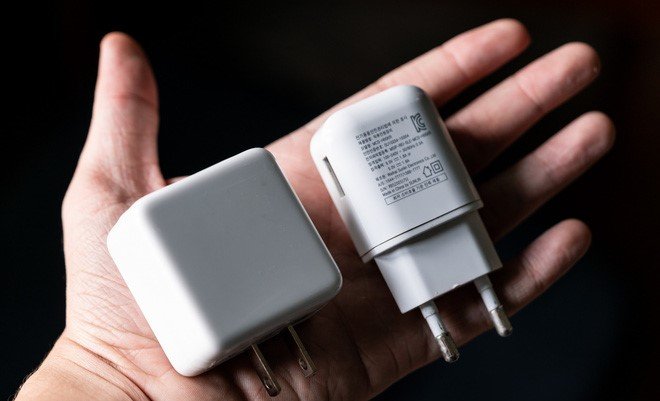
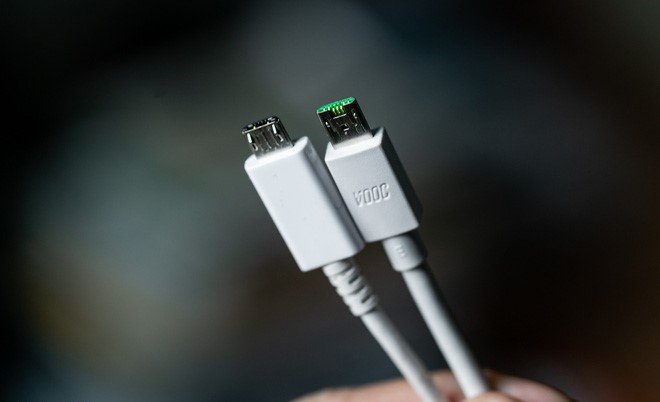
Both wires and dock are much thicker than 5V / 2A chargers, because of the integration of components to transmit more power to the smartphone. In addition, there are also additional safety components including voltage sensor and amperage, MOSFET to activate or disconnect the oppo f11 pro charger and finally the MCU chip to check if the smartphone is suitable for Standard VOOC or not.
MobyGeek has an extensive Mobile collection of the latest updates on smartphones, check it out!
Because of these protections, when used with regular smartphones, they will not overload the power which might lead to failure. These components are also integrated on the F11 Pro, in order to disconnect power in times of emergency.
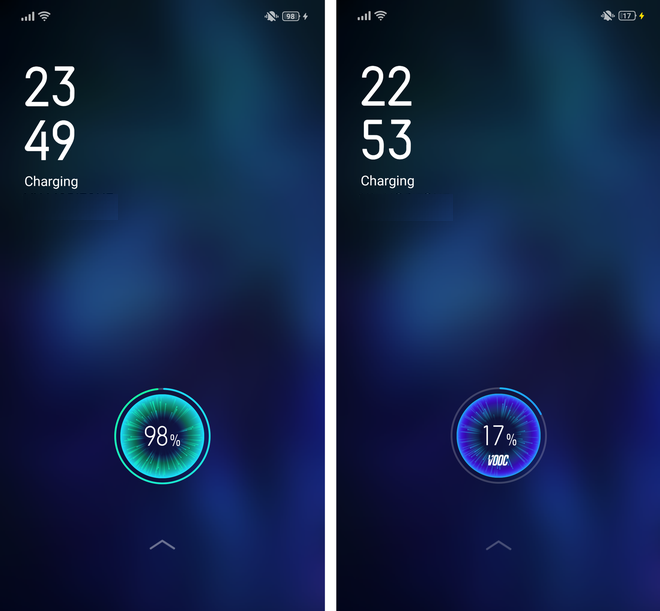
OPPO has never lied about its fast charging speed, and the F11 Pro is indeed fully charged in 80 minutes (1 hour 20 minutes). This is the time to charge from when the battery is depleted, so with the habit of charging from the moment the battery drops to the 20% threshold, it will definitely need shorter time.
For comparison, the average charging speed with a 4,000mAh battery will take about 130 minutes (2 hours and 10 minutes), while the old VOOC standard will take 100 minutes (1 hour and 40 minutes) on the Oppo R11 Plus. OPPO also has another more advanced fast charging standard is Super VOOC, but so far, these standard hasn’t been featured smartphones with 4,000mAh batteries, so it is difficult to compare fairly.
>>> Read more: Oppo F11 Pro To Launch On March 5 In India With 48MP Main Sensor, Pop-Up Front Camera
But with a 35-37 minute charging speed for a 3,700mAh battery (OPPO R17 Pro) there is one thing for certain: Super VOOC will still be faster than VOOC 3.0 if charging a battery with the same capacity.
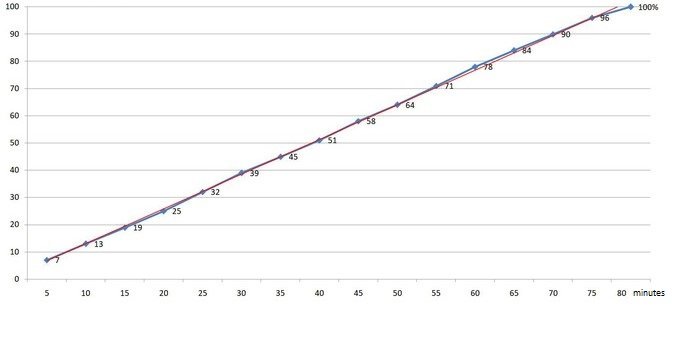
Two advantages that VOOC 3.0 is still kept from the old VOOC standard and Super VOOC is that the battery is stably charged without getting hot. On average, in 1 minute, the F11 Pro battery can charge 5 - 6%, and almost never slows down in the beginning or end of charging. Therefore, even if the user has plugged in the charger when the battery is depleted or almost full, there is still a relatively similar charging speed.

F11 Pro during the charging session is still warmed up by its rear glass design but never gets to the point that needs to concern about. The standard VOOC 3.0 can intelligently adjust the charging source, reducing the voltage if users are doing tasks that require a lot of CPU-GPU processing power such as watching movies or playing games, so the charging speed will be slower but also safer for the machine.
One drawback I found with this VOOC 3.0 charging standard is that it still uses the dated micro-USB port, not the USB Type-C one. Anyway, users will have to use their own wires and docking stations, but if you switch to USB Type-C, you can also use it with other smartphones from other brands.
Head to MobyGeek for more tech-related news.
Featured Stories
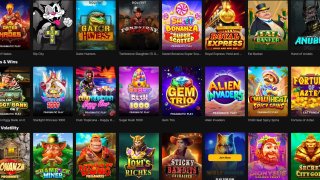
Mobile - Oct 23, 2025
How Casual Games Are Winning the Mobile Attention War
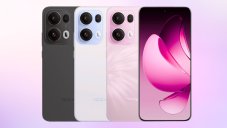
Mobile - Jul 03, 2025
OPPO Reno 14 Series Hits India: Launch Date, Cameras, and Specs

Mobile - Jun 12, 2025
Best Gaming Phones 2025: Top Devices for Mobile Gaming
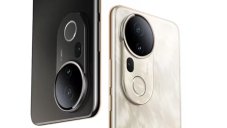
Mobile - Jun 12, 2025
Vivo T4 Ultra Debuts with MediaTek Dimensity 9300+ Chipset
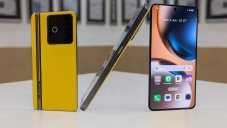
Mobile - Jun 08, 2025
Realme GT 7T Review: Power Meets Endurance in Controversial Style
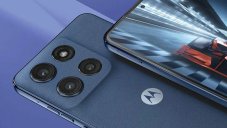
Mobile - Jun 08, 2025
Motorola Edge 60 Set to Debut in India This June
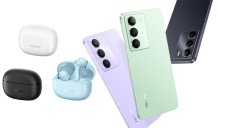
Mobile - Jun 07, 2025
Realme C73 5G Launches in India: Budget 5G Phone Starts at ₹10,499
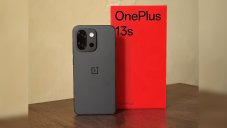
Gadgets - Jun 07, 2025
OnePlus 13s Makes Indian Debut: Compact Flagship Brings Premium Features at...
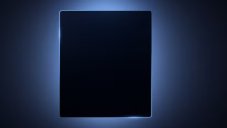
Mobile - Jun 04, 2025
Samsung Galaxy Z Fold 7 Ultra: The Next Chapter of Premium Foldables

Mobile - Jun 02, 2025
Comments
Sort by Newest | Popular